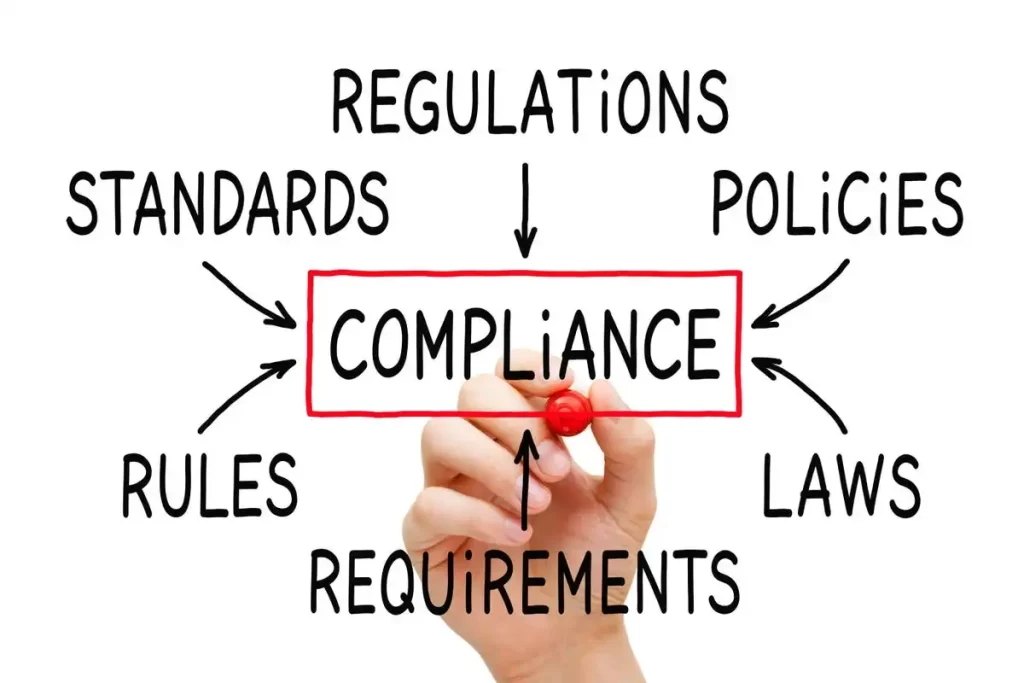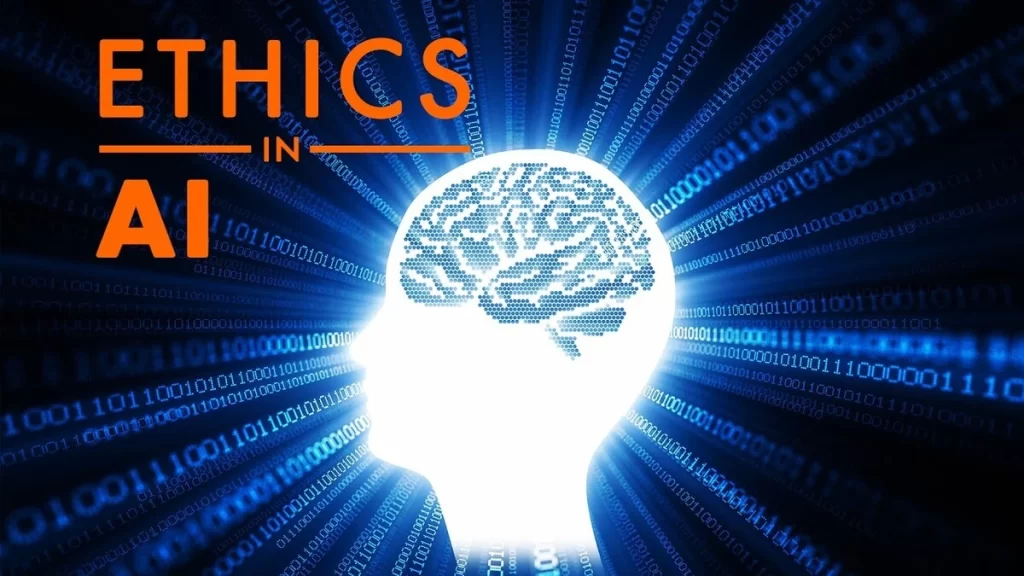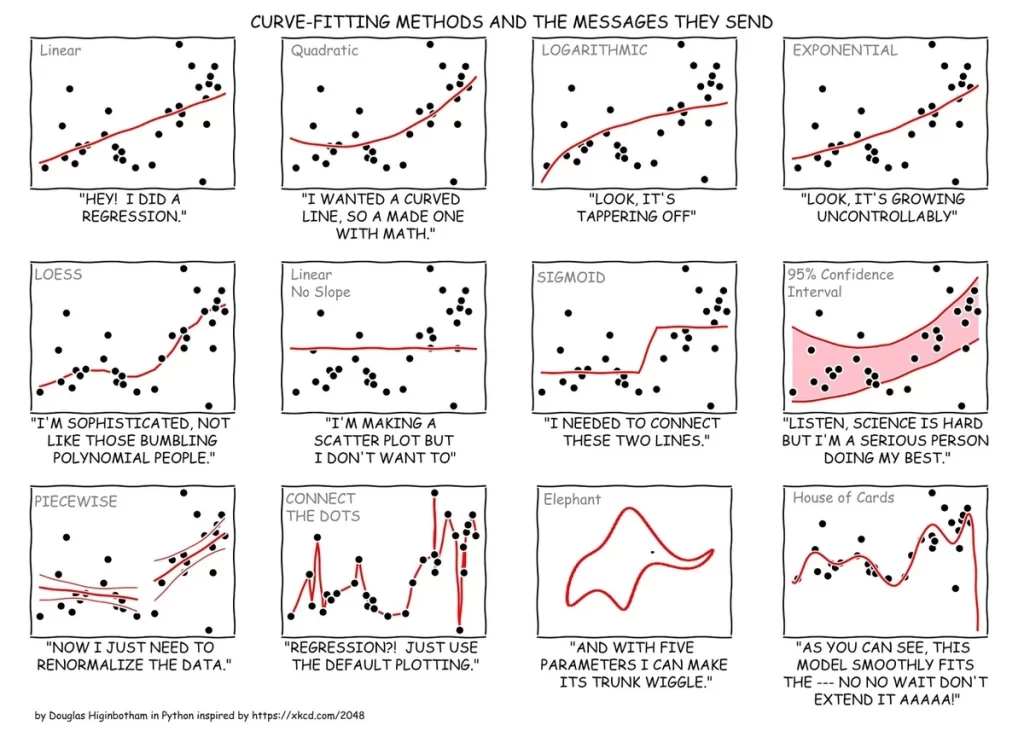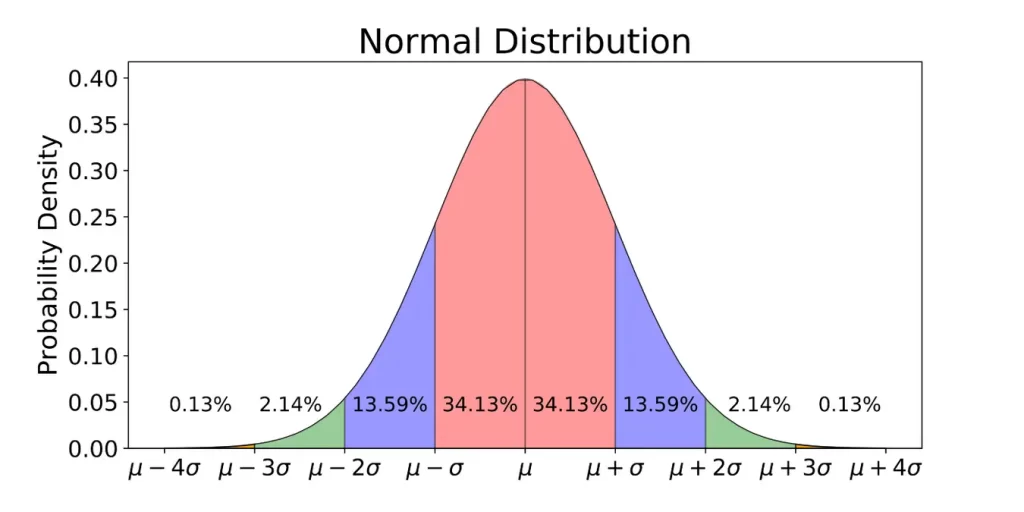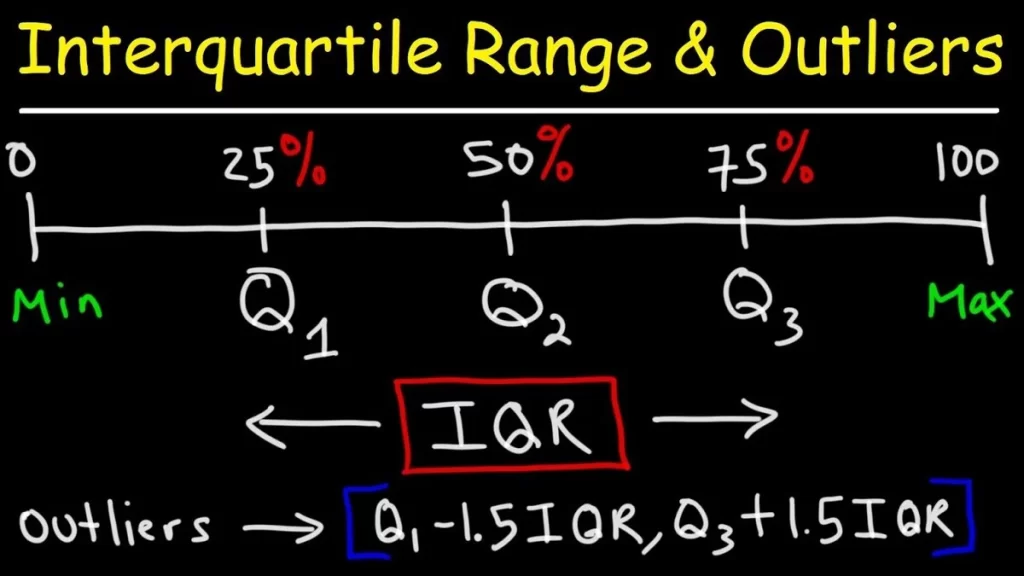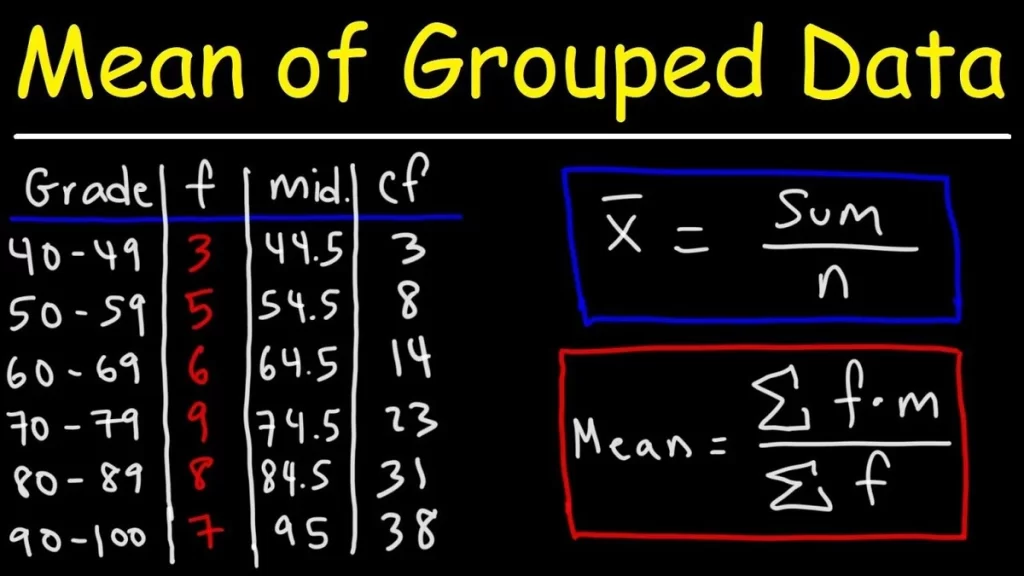Compliance frameworks and industry standards
This post covers the background needed to understand the key cybersecurity compliance frameworks and industry standards recommended or required for organizations to implement to protect critical data – important knowledge no matter what cybersecurity role you have within an organization. Cybersecurity compliance frameworks and industry standards discussed include NIST, GDPR, ISO, SOC, HIPAA, and PCI. This post […]
Compliance frameworks and industry standards Read More »
